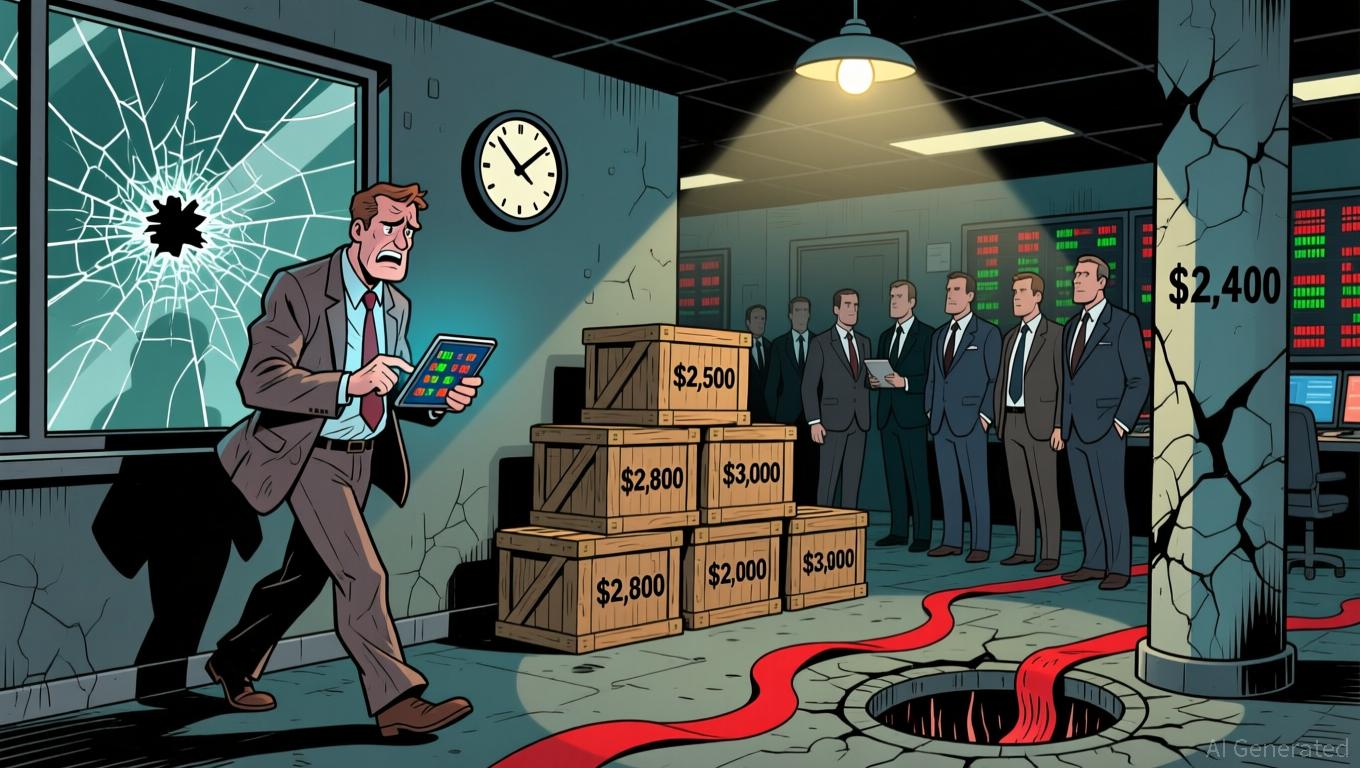The Growing Importance of Education in Influencing Future Workforce Developments and Investment Prospects
- Education and employment are converging as tech, healthcare , and renewable energy reshape workforce demands, prompting universities to overhaul curricula with AI, data science, and digital skills. - Investors are capitalizing on AI-driven edtech platforms and healthcare AI diagnostics, with U.S. edtech funding surging to $2.9B in 2024, reflecting growing demand for tech-savvy professionals. - Renewable energy’s $623B 2023 investment boom highlights skilling initiatives like ComEd’s Power Up Academy and
Tech: AI and Data Science Become Essential Studies
Expertise in AI and data science is now a global necessity, not just a Silicon Valley specialty. Universities are making major changes to their courses to keep up.

Investors should pay attention: edtech companies specializing in AI-powered learning and industry collaborations are drawing substantial funding.
Healthcare: Digital Health and Telemedicine Transform Training
Healthcare is being revolutionized by telehealth, AI-based diagnostics, and tools that boost operational efficiency.
This evolution is about more than just hiring—it’s about retraining the workforce.
Renewable Energy: Building Skills for a Sustainable Future
The clean energy industry is expanding rapidly, with
Investors should look for businesses and funds that are in step with these developments.
Investment Implications: Where to Focus Capital
The merging of education and industry needs is creating significant opportunities for investors. In technology, platforms for AI-based learning and cybersecurity education are essential. For healthcare, investments in AI diagnostics and telehealth infrastructure are crucial. In clean energy, programs for workforce retraining and green technology apprenticeships offer lasting value.
Consider these figures: the U.S. clean energy workforce expanded by 12% from 2021 to 2024,
Conclusion: Education Powers Economic Progress
The future of employment is being shaped in both educational and corporate settings. As universities adapt to the needs of AI, telehealth, and renewable energy, they are developing a talent pool that investors should not overlook. The smart move is to support organizations that are not only keeping up but also leading innovation. Ultimately, in a world where skills are the key to achievement, education stands as a strategic investment, not just an expense.
Disclaimer: The content of this article solely reflects the author's opinion and does not represent the platform in any capacity. This article is not intended to serve as a reference for making investment decisions.
You may also like
XRP News Today: Abu Dhabi’s Green Light Establishes UAE as a Pioneer in Stablecoin Development
- Ripple's RLUSD stablecoin gains Abu Dhabi regulatory approval as UAE advances digital finance leadership. - ADGM's "Accepted Fiat-Referenced Token" designation enables institutional use for lending and cross-border payments. - RLUSD's $1.2B market cap growth reflects institutional demand, backed by USD reserves and dual blockchain operations. - UAE's ADGM-DIFC regulatory synergy attracts global fintechs , with Ripple expanding partnerships across Africa and Asia. - Regulatory milestones position RLUSD to
Ethereum Updates: Ethereum Drops to $2,800, Prompting Surge in Demand for ZKP's Hardware-Based Presale
- Ethereum's price fell below $2,800, triggering $6.5M liquidations and testing critical support levels amid declining on-chain demand metrics. - Institutional players like BitMine accumulated 3.62M ETH (~$10.4B) despite the selloff, signaling long-term bullish conviction. - ZKP's hardware-driven presale gained traction with $17M in ready-to-ship Proof Pods and Miami Dolphins partnership for privacy-focused sports analytics. - Mutuum Finance's $19M DeFi presale and ZKP's auction model with $50K wallet caps

Vitalik Buterin Supports ZKsync: What This Means for Layer 2 Scaling
- Vitalik Buterin endorsed ZKsync in late 2025, highlighting its "underrated and valuable" work alongside the Atlas upgrade achieving 15,000 TPS and $0.0001 fees. - ZKsync's zero-knowledge rollups and EVM compatibility enabled institutional adoption by Deutsche Bank , Sony , and Goldman Sachs for cross-chain and enterprise use cases. - The Fusaka upgrade aims to double throughput to 30,000 TPS by December 2025, positioning ZKsync to compete with Polygon zkEVM and StarkNet in Ethereum's Layer 2 landscape. -

The ZK Atlas Enhancement: Revolutionizing Blockchain Scalability?
- ZKsync's 2025 Atlas Upgrade achieves 15,000–43,000 TPS with sub-1-second finality, addressing Ethereum L2 scalability bottlenecks via Airbender proofs and modular OS. - DeFi protocols like Aave and Lido leverage ZKsync's $0.0001/tx costs to unify liquidity, while Deutsche Bank and Sony adopt its trustless cross-chain infrastructure for compliance and transparency. - ZK token surged 150% post-upgrade, with TVL hitting $3.3B and analysts projecting 60.7% CAGR for ZK Layer-2 solutions by 2031 amid instituti
